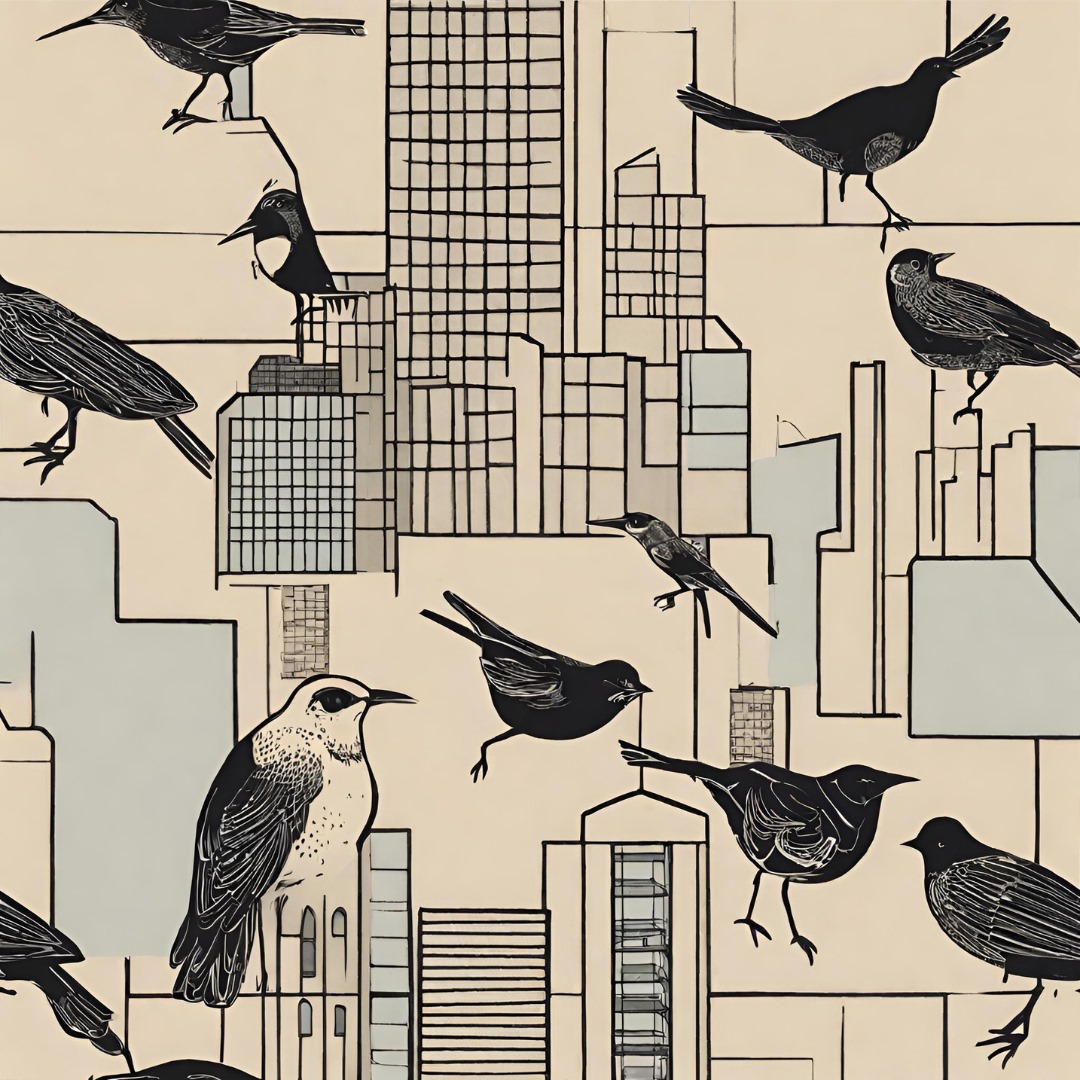Revered sir,
Some 3.5 years ago I chose to take up architecture as the course of my study if not a profession. I joined the school with enthusiasm and a unique fascination for the field, but with the passage of time, the curiosity and excitement dwindled and started fading away. And to the best, I have observed it is not the problem with architecture, but the state of architecture education. I started questioning whether to continue or not, it was in those days of despair that a miracle happened. We had a rendezvous with the Jewish History Museum in Berlin as a part of the history of the architecture curriculum. Though physically the rendezvous was limited to a video lecture, in reality, it went deep inside. That building is something that reinstates the lost faith. That building is something that brings pride to be associated with architecture. That building inspires awe. That building stirs the soul. That building gives meaning to architecture. I have read that Ayn Rand’s Fountainhead, inspired generations of young minds to get trained as architects (though I haven’t read the book myself), then this museum in Berlin probably sustained generations of frustrated students of architecture.

We have been made to believe that architecture is about designing spaces keeping in mind the needs of the occupants/users. It may not be true or even logical but after coming across this masterpiece, I sense that beyond ‘designing for the needs’ architecture is also about ‘designing the needs’. But once that realization happens, the mind doesn’t just stop there. I went through the video once again and saw the grand thing, that moment was the moment of zen, the building almost made the needs seem insignificant, needs are for lesser mortals. This building talks to the visitors on an entirely different plane and the grandness of this conversation is marvelous. The building is like the earth and the person is like a dot on it. This exemplifies the scale that architecture could achieve in a socio-cultural and spiritual setup.
The building questions what architecture is and simultaneously answers what it needs to be. It underlines that stories are a finely woven fabric of the tangible and the intangible. And architecture needs to tell that story. Maybe nobody can ever feel what the life of a Jew could be like in 20th-century Germany, but this is the closest that one could ever get. The name may fade away with time, but the building would remain there, etched in the memories of the people who knowingly or unknowingly became a part of the story. Architecture teaches us to question, to question constantly, but this once- as Pablo Neruda said, “For once on the face of the earth, let’s not speak in any language”. Honestly, I haven’t studied any other work of yours, I didn’t even try and I don’t wish to do so in the near future either. The image of this building is so powerful and moving that I do not wish to raise any questions, I do not wish to know a Daniel Libeskind other than the one who designed just this building. Maybe I am a bad student of architecture, but that’s okay. The sheer thought of walking on steel skulls sends a chill up the spine. I can ignore all the reality and stay in the space-time warp that this building has created.
The museum, for me, stands at the end of the illuminated path of architecture. It is only this destination that gets me walking on the path.
Devotedly yours,Pulkit
Originally posted on pulkitsoni.com






